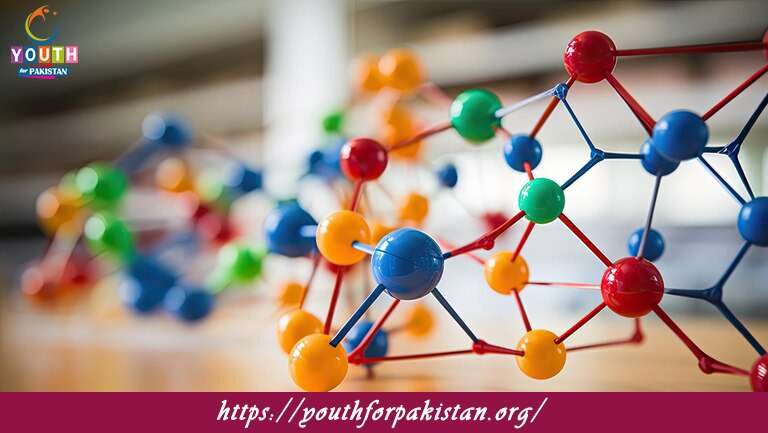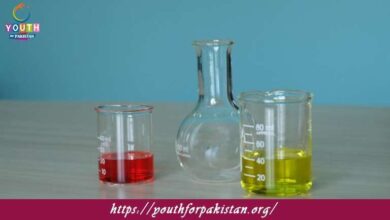12th Class Chemistry Chapter 10 Quiz with Answers

“12th Class Chemistry Chapter 10 Quiz: Alkyl Halide” deals with an important class of organic compounds whereby one or more hydrogen atoms in an alkane are replaced by halogen atoms (fluorine, chlorine, bromine, or iodine). Alkyl halides have many applications across a variety of industries: pharmaceutical, agrochemical, and polymer. The following page provides a clear summary of the classification, preparation methods, physical and chemical properties, and important applications of this subject. Test your grasp with our MDCAT Quiz and free flashcards, specially designed to master this most important topic.
MDCAT Quiz: Mastering Alkyl Halides
Prepare effectively with our MDCAT Quiz that covers important topics such as classification, reaction mechanisms (SN1 and SN2), and industrial applications of alkyl halides. Test your understanding of nucleophilic substitution and elimination reactions along with practical examples to excel in competitive exams. This quiz ensures a strong grasp of the fundamentals, helping you achieve your academic goals.
- Test Name: 12th Class Chemistry Chapter 10 Quiz
- Type: Quiz Test
- Total Questions: 30
- Total Marks: 30
- Time: 30 minutes
Note: Answer of the questions will change randomly each time you start the test, once you are finished, click the View Results button.
Free Flashcards for Alkyl Halides
Revise the core concepts of alkyl halides using our free flashcards. These flashcards highlight important points such as classification, reaction mechanisms, and important uses of alkyl halides in industries. Simplified and concise, they are a useful resource for quick and effective revision.
Alkyl halides are very essential in organic chemistry, with immense applications in pharmaceuticals, agrochemicals, and materials science. Use our MDCAT Quiz and free flashcards to gain a comprehensive understanding of this chapter and secure success in your exams.
Experience the real exam environment with our expertly designed collection of over 25,000 MCQs MDCAT Mock Tests.






